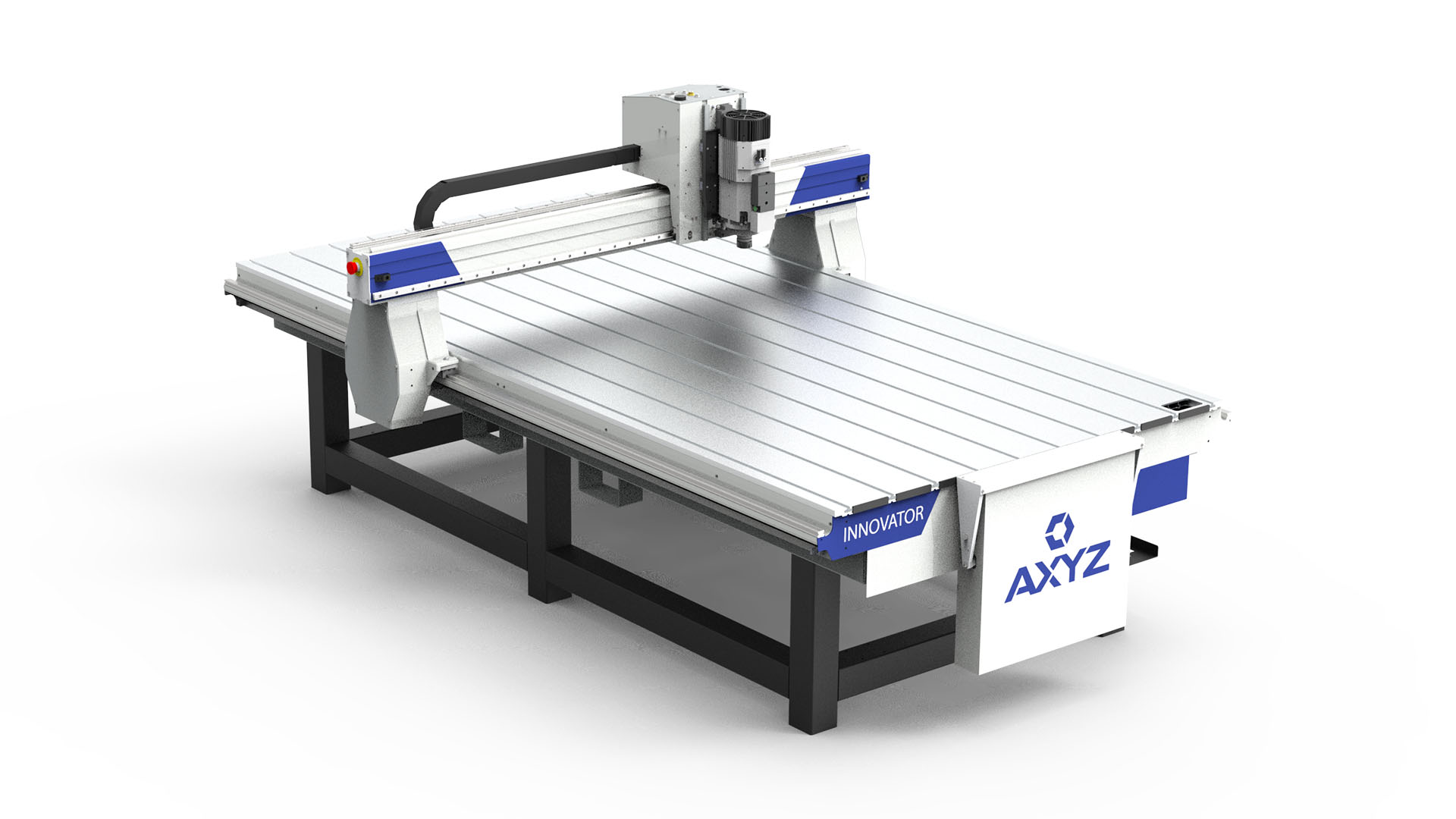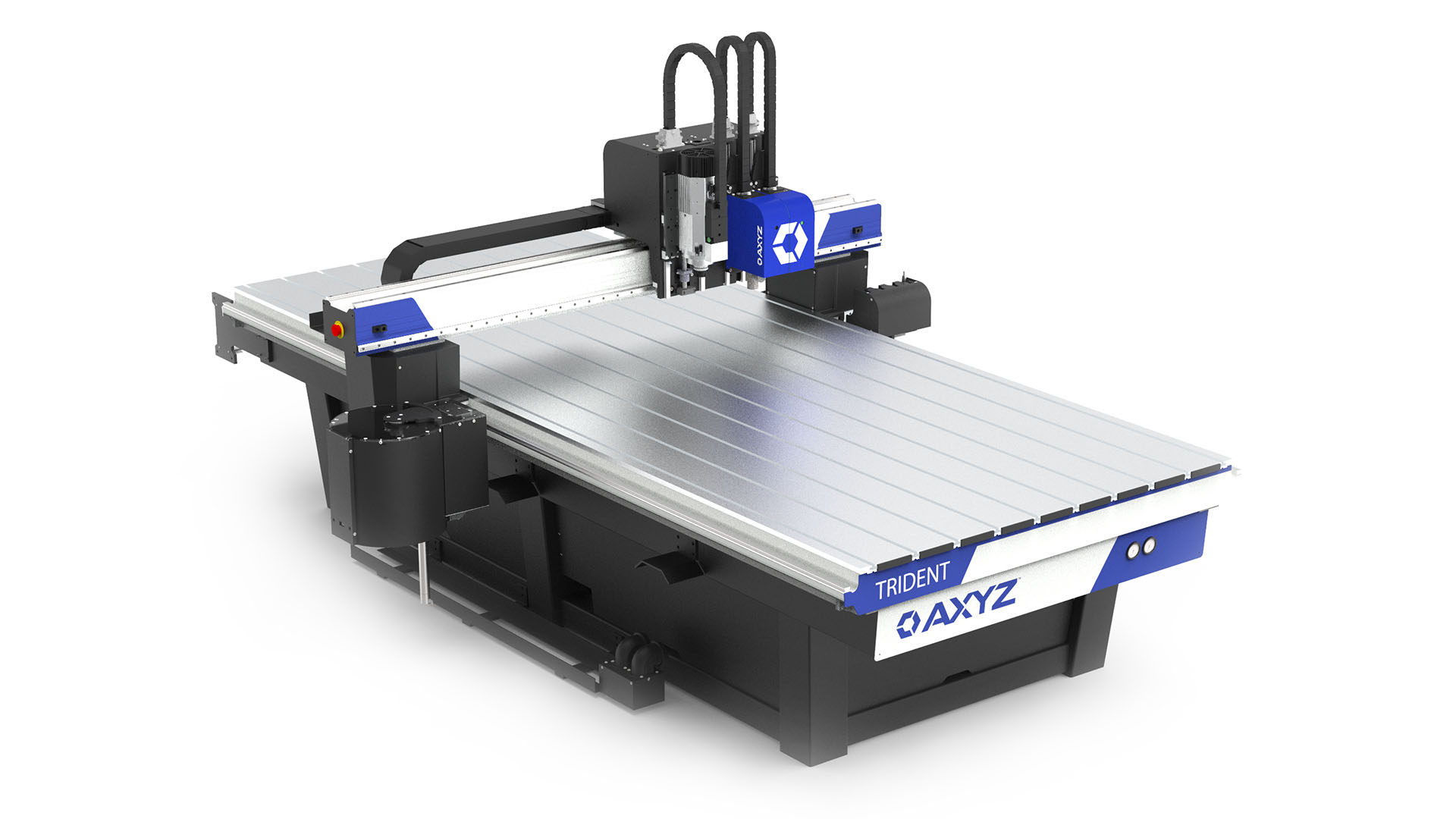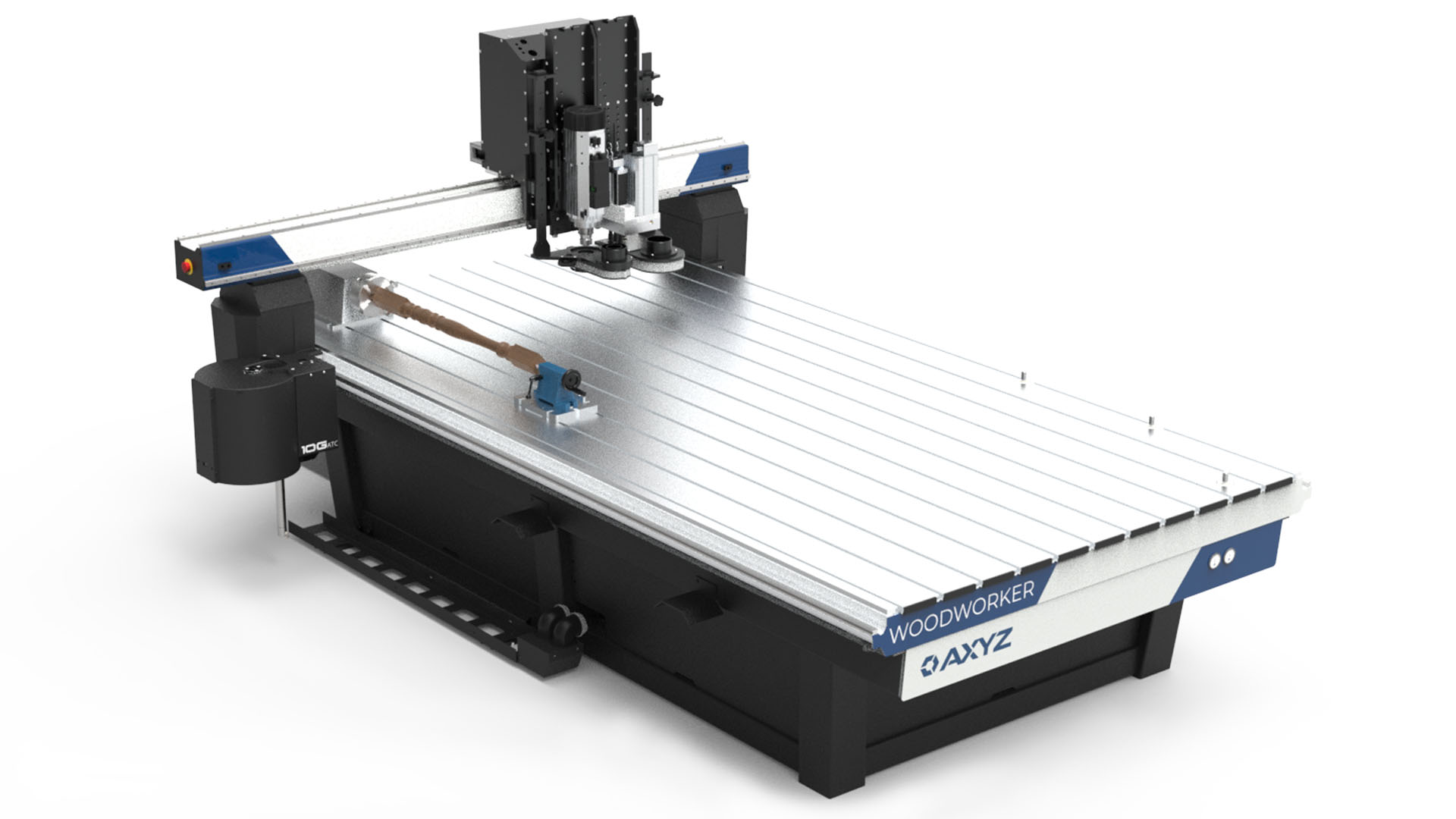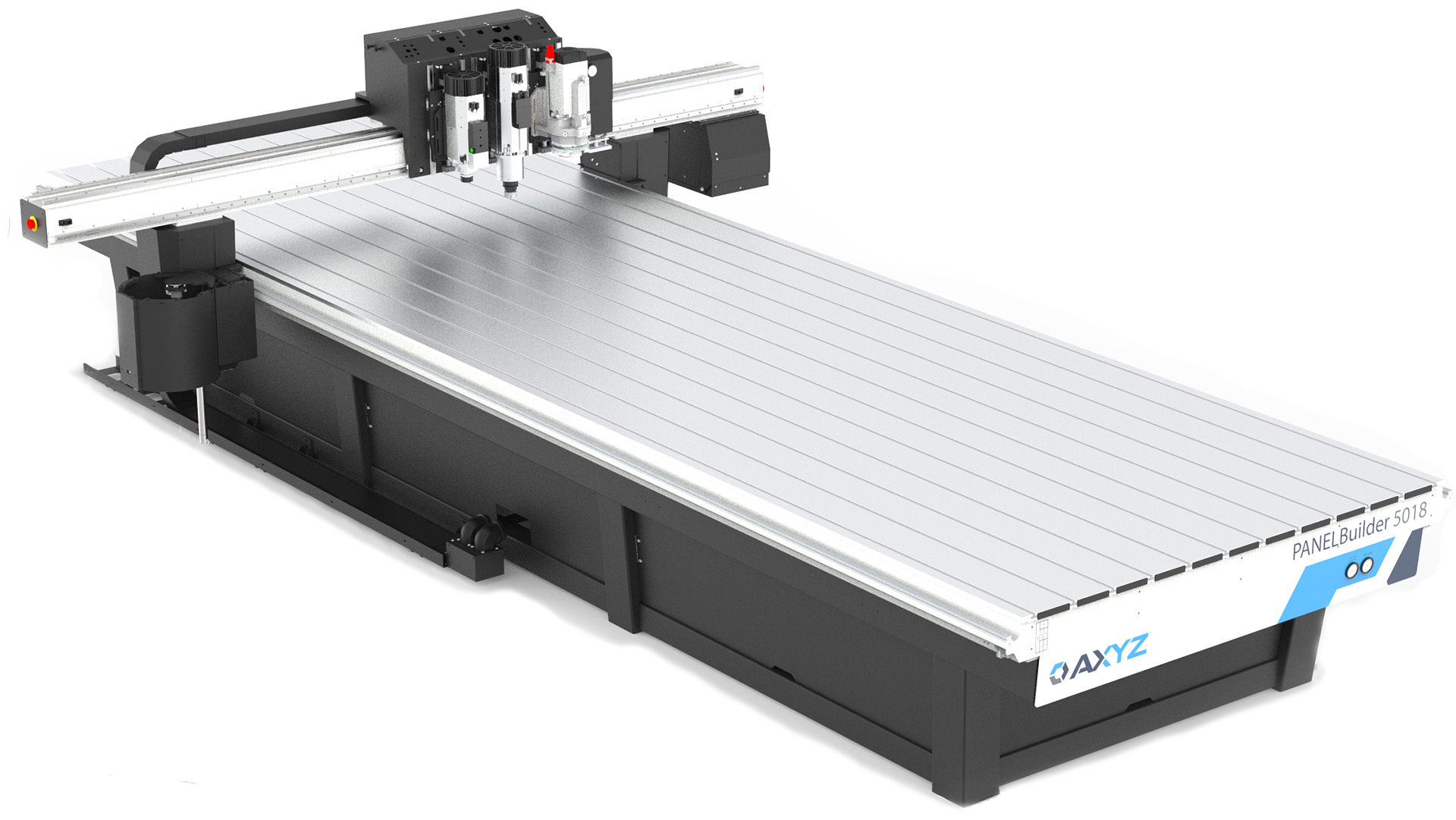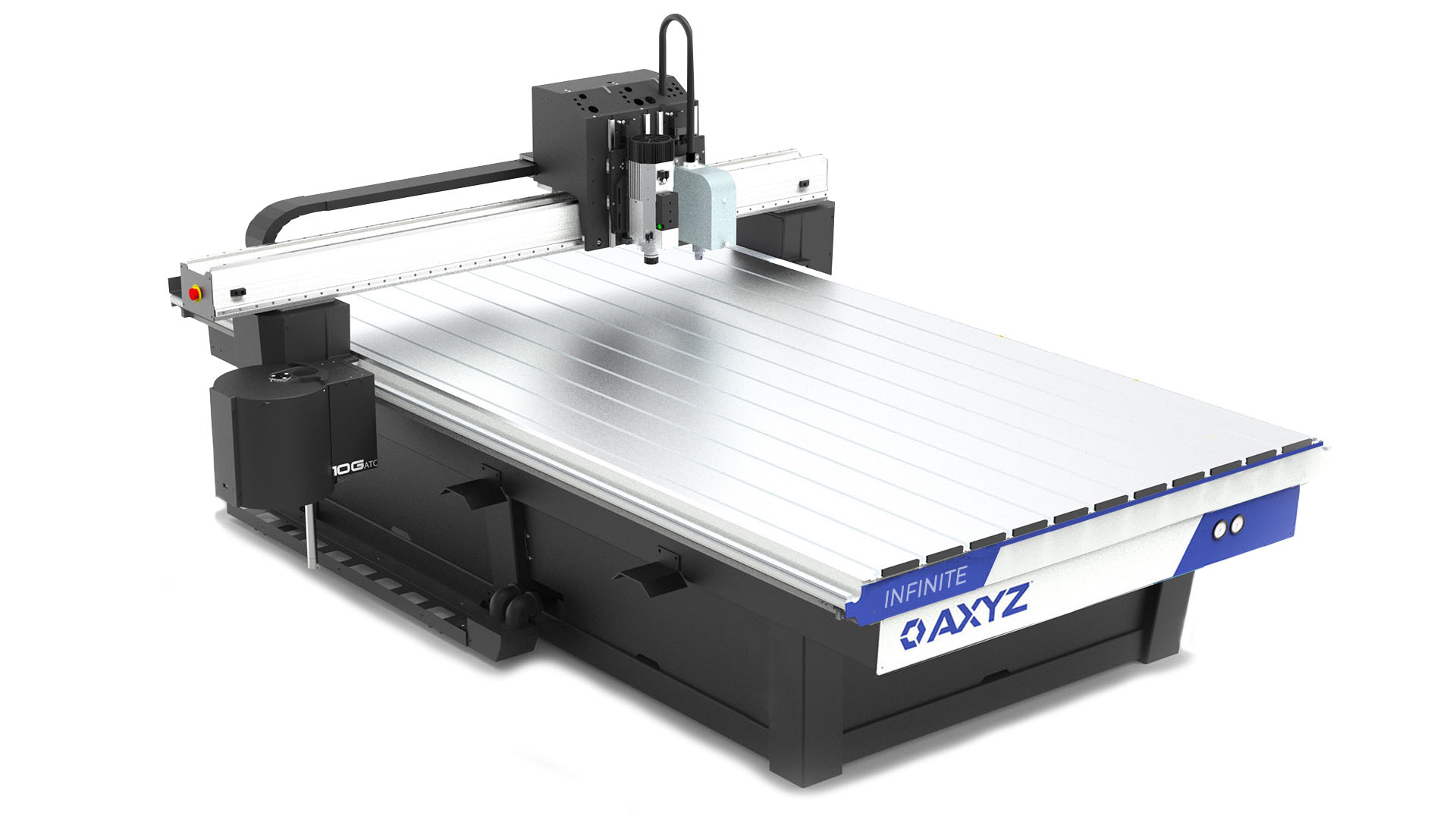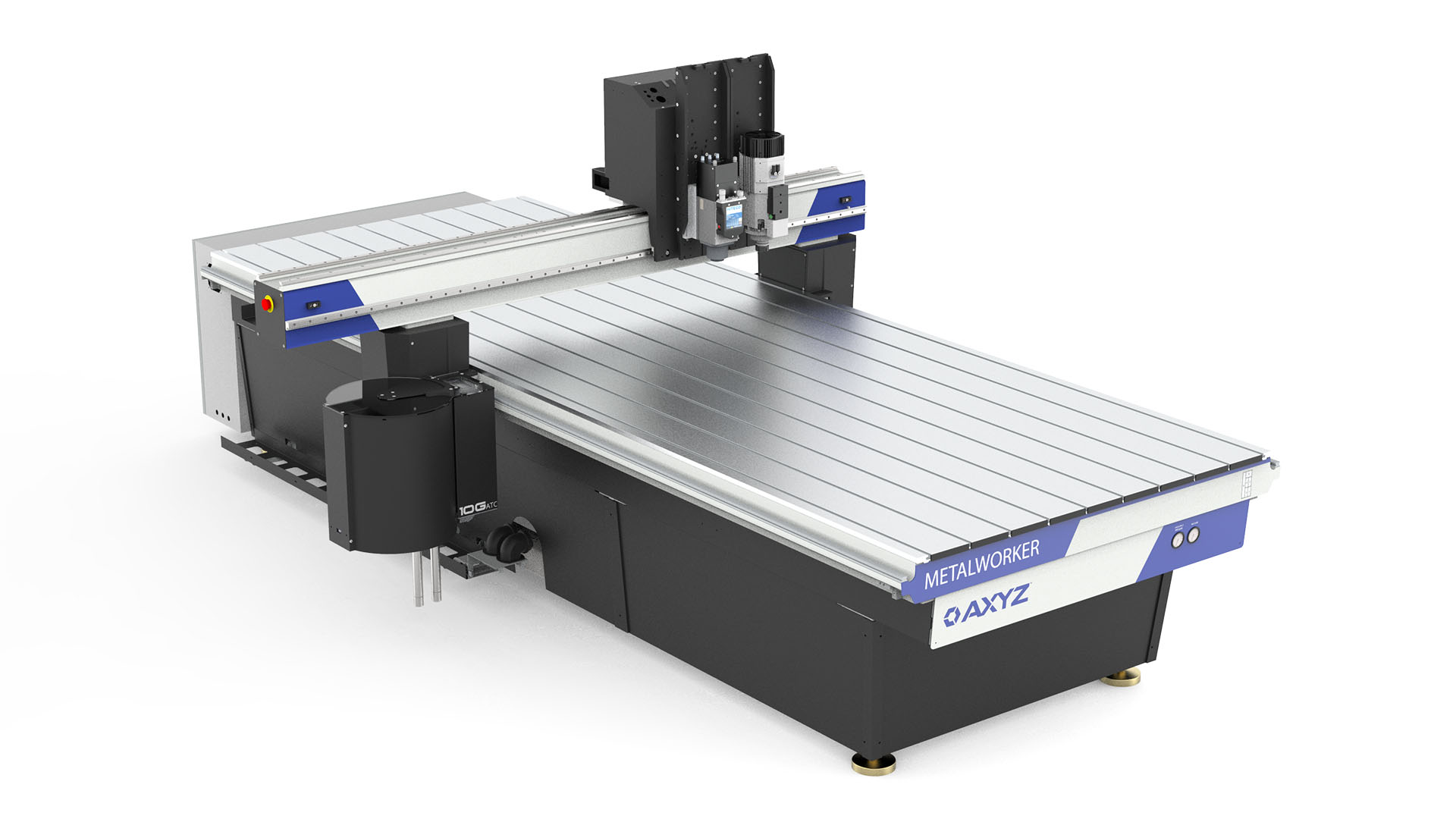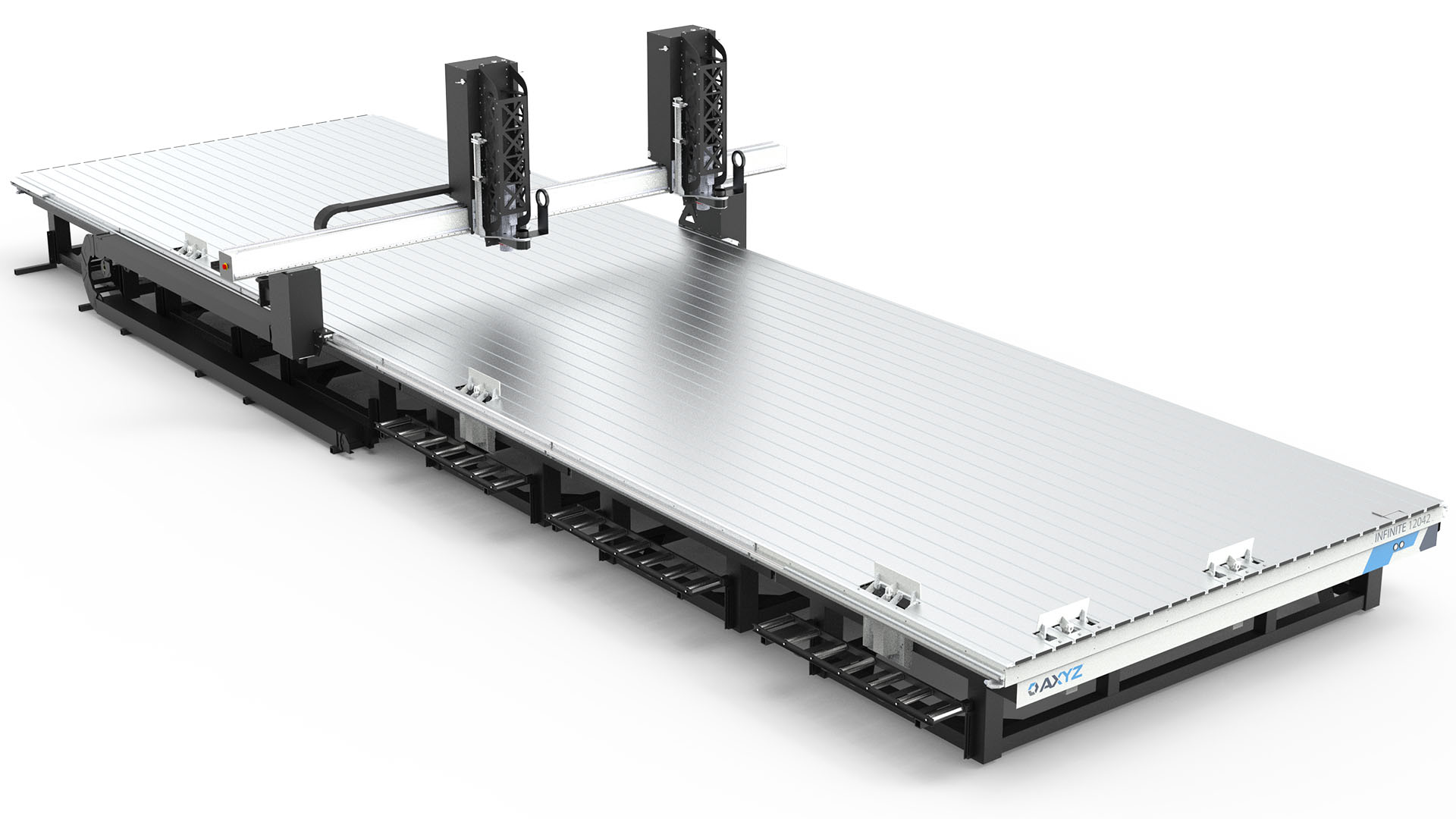Neglecting the maintenance of collets, tools and your machine results in a dramatic drop in performance, which reduces productivity and increases costs due to higher scrap rates and potential machine downtime.
Collet maintenance is one of the most common causes of premature tool failure. Here at AXYZ we have some useful tips to improve the performance of your collets.
Collet Life Span
Collets have a life span of 400-600 hours, which roughly translates to between two and three months with the collet being used eight hours a day. When inspecting your collet, metallic damage, such as bell mouthing or burrs, should be checked with every tool change. If damage is visible, the collet should be discarded and replaced.
By replacing your collet as suggested, you ensure your operations run consistently, good cut quality is maintained and the life of your cutting tools is prolonged.
When replacing the collet, make sure the flute fadeout does not enter the collet, as this will result in runout and can potentially lead to tool breakage. To ensure proper clamping, the tool shank should fill, at the minimum, 80% of the depth of the collet.
Collet Cleaning
Cleaning your collet is equally important as checking for metallic damage. Over time, dust and swarf created during cutting will accumulate on your collet, tools, tool holder, collet nut and spindle. An excessive build-up of dirt will cause the tool to cut in an elliptical fashion, which will invariably reduce tool life and result in poor cut quality.
Collets, tool holder and collet nut should be regularly inspected and cleaned using thest Free and T-9 Collet Cleaner Kit and the Collet Brush Kit.
Cleaning Instructions
- Spray the Rust Free Cleaner on the surface and allow it to soak for a minute.
- Use the Collet Brush Kit to clean the surface thoroughly.
- Rinse off using denatured alcohol. Feel the surface using your fingers to make sure the surface is clean.
- Apply a small amount of Lubricant T-9 to prevent rusting.
Six Critical Components
There are up to six links in the chain that make up the critical tool-holding system that is the collet. It is essential that all components are carefully monitored and maintained.
Internal Collet Clamping Surface
The most important link in the tool-holder chain is the inside of the collet. Resin migrates up through the slits in the collet and then deposits on the inside of the collet. This resin build-up, if not removed, causes the collet to grip inconsistently on the tool shank. By not applying equal pressure throughout the entire gripping range of the collet, the tool holder allows the tool to resonate inside, causing slippage inside the collet.
Slippage can cause “fretting,” a condition in which resins are deposited on the shank of the tool. Any resin build-up should always be removed from the inside of the collet.
Internal Spindle and Collet Taper
The inside taper of the spindle and tool holder is a critical surface that accumulates resin build-up and should be cleaned at each tool change to maintain best concentricity. Felt brushes are available to fit most taper sizes and provide a quick way to remove short-term build-up.
External Collet and Tool Holder Taper
The outside taper of the collet and tool holder require regular inspection and should be cleaned of all deposits each time the tool is changed. Brass brushes work well for this application, but felt cloths can also be used if the tapers are regularly maintained and build-up is minor.
Clamping Nut Surfaces
The inside of the nut should be clean and free of burrs on the surface. Any surface burrs or contamination will not only skew a collet, but can also permanently ruin a new collet. The clamping nut should be cleaned with a brass brush during every tool change. Special care should be taken to examine the clamping nut threads on a regular basis.
Thrust Bearings
Some collet nuts have an integrated thrust bearing connected to the inside taper. This bearing serves to reduce friction wear between the collet and nut as the nut is tightened. The bearing’s seating surface is the most critical feature and must be kept clean. The bearings should also be kept in smooth operating condition. If there is rough movement, it is a good indication of contamination or abuse. Either instance is indicative of run-out and poor operation.
Tool Holders
Tool holders such as the ISO 30 have additional matching and mating tolerances beyond those of the older tapers. Because of their unique design, these tool-holding systems can be more prone to run-out caused by resin build-up. “Fretting” or “bronzing” will cause inconsistent gripping in the taper and/or the flat mating surface and reduce consistency of tool life. If ignored, these conditions can eventually produce premature spindle failure. The mating surfaces should be cleaned regularly.
A router is only as effective as the tool that holds it. With proper maintenance, the collet system can provide up to three months of consistent service. Yet, even with proper inspection and cleaning, collets should be replaced regularly to ensure optimal productivity and cut quality while reducing costly machine downtime.

